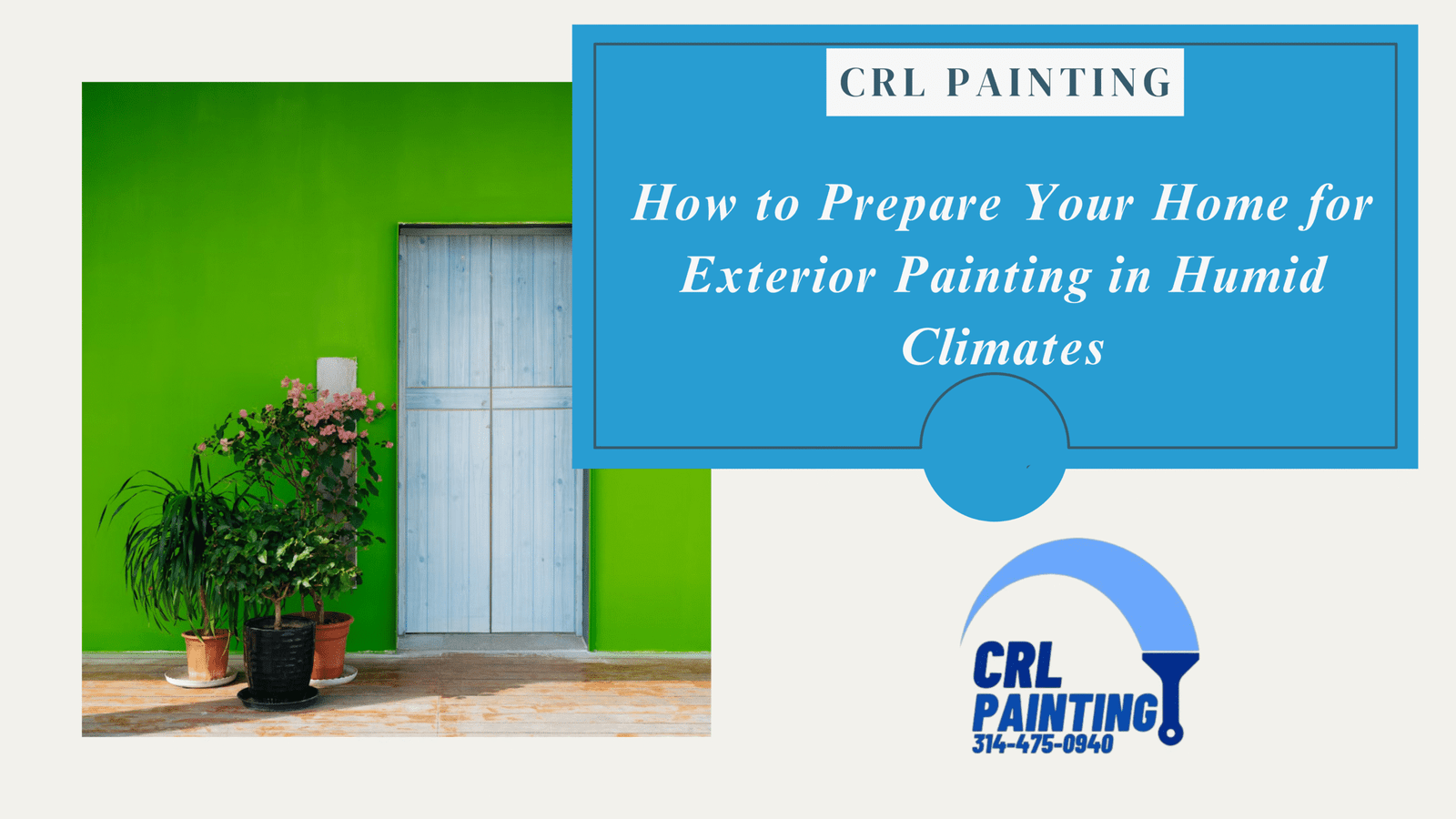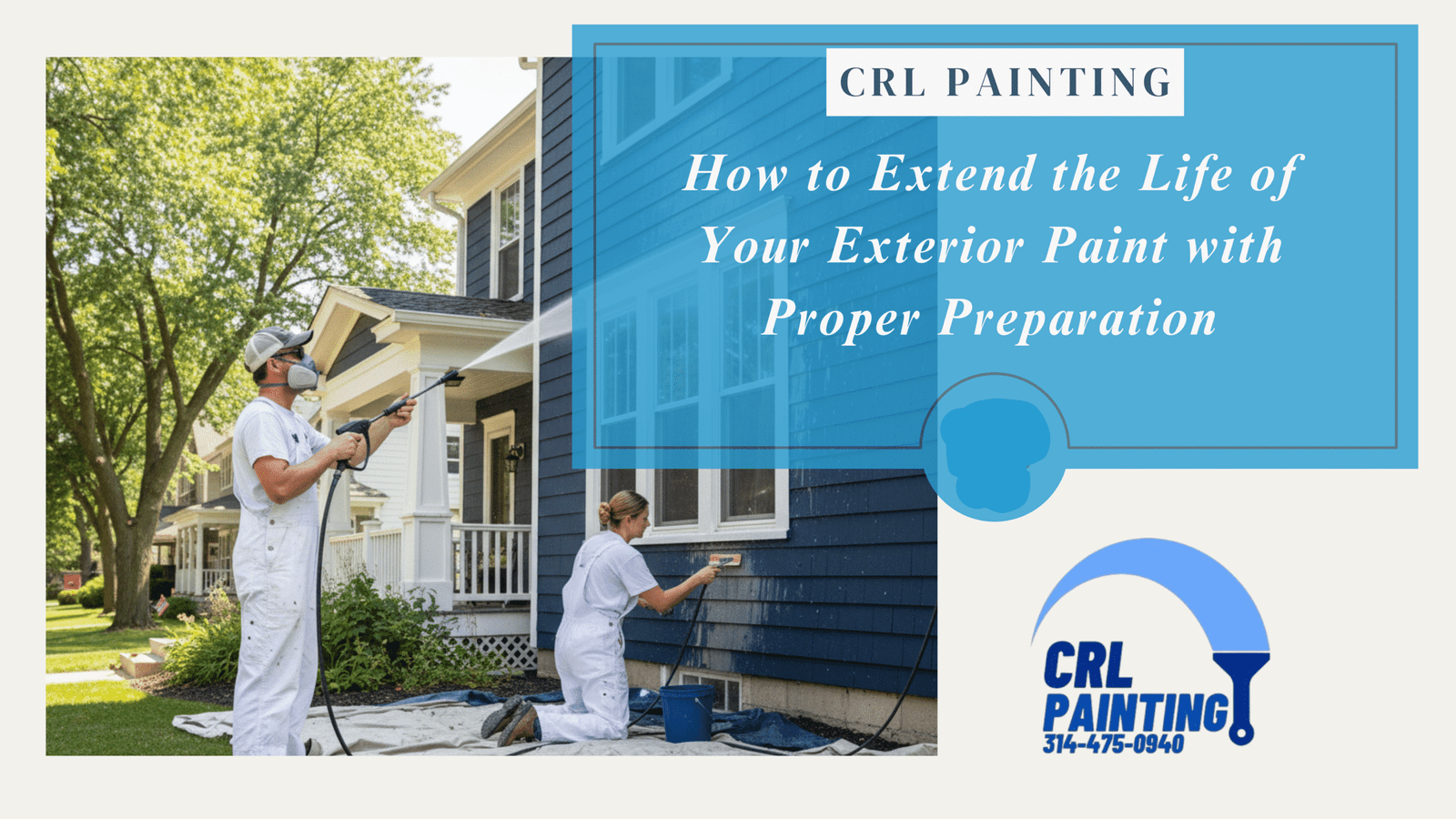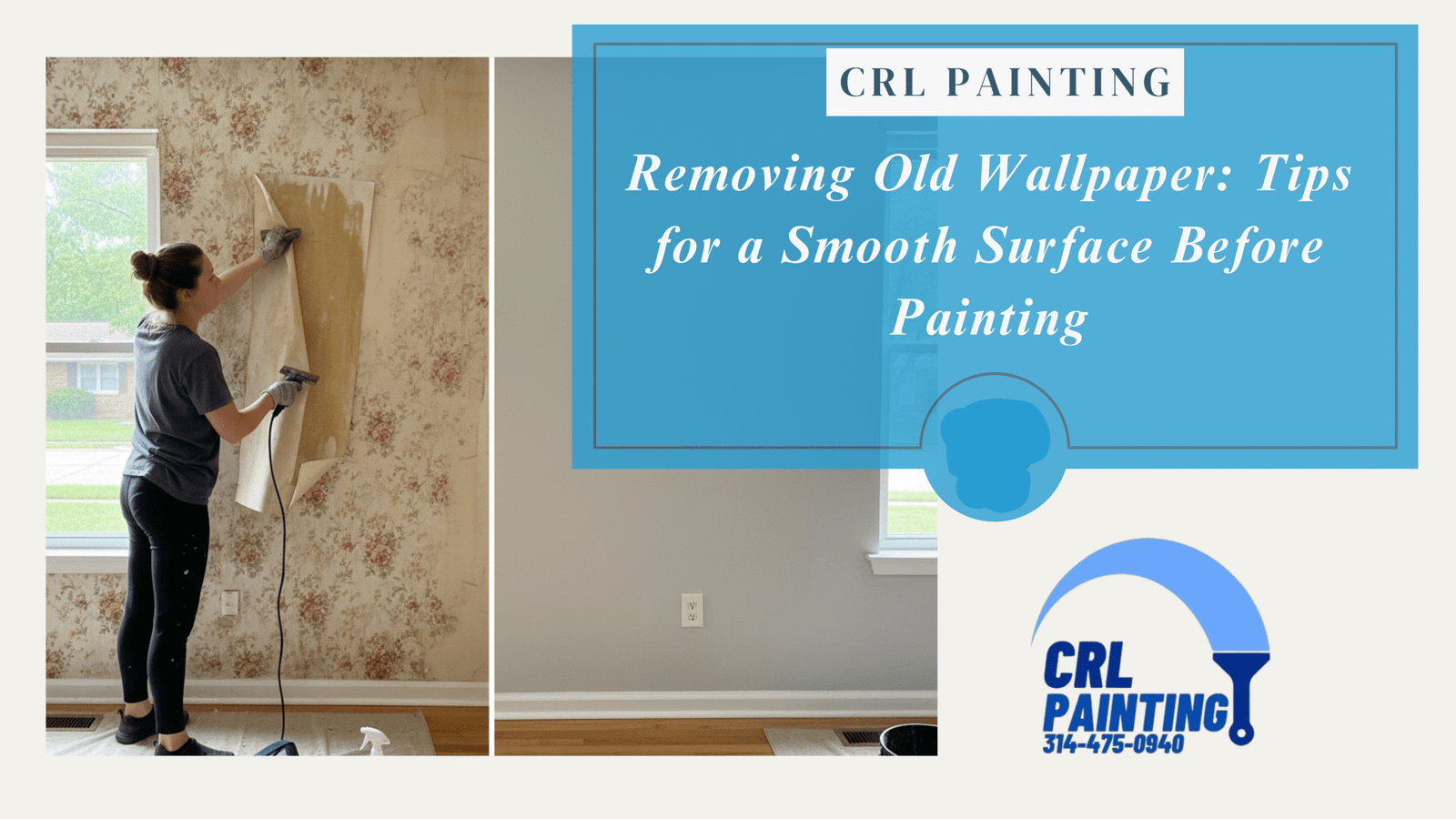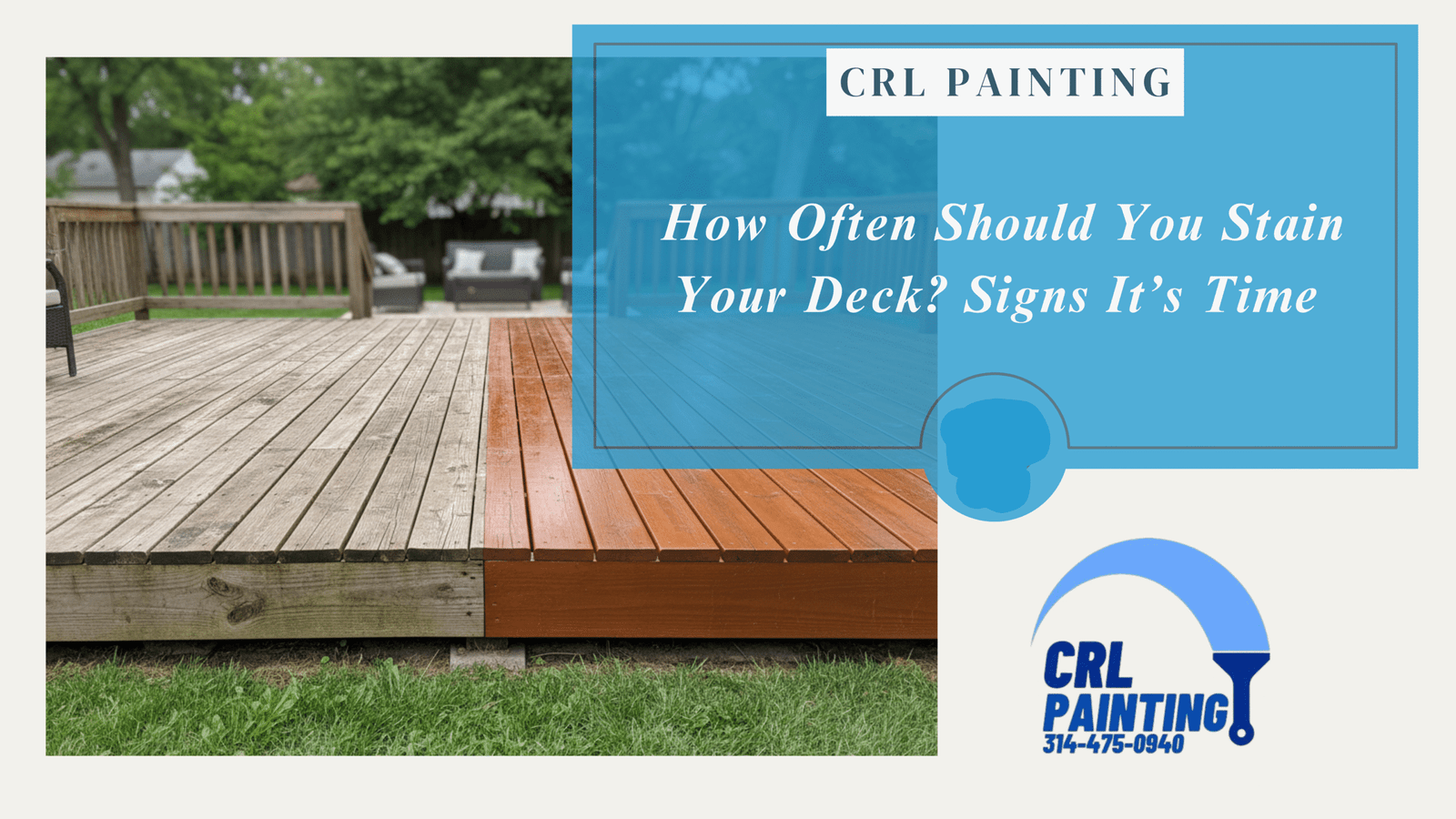Painting your home’s exterior is a great way to enhance its curb appeal and protect it from the elements. However, if you live in a humid climate, the process requires extra care to ensure a long-lasting and flawless finish. Humidity can affect how paint adheres to surfaces, causing peeling, bubbling, or faster wear. In this article, we’ll walk you through the essential steps to prepare your home for exterior painting in humid climates, ensuring that the paint stays intact and looks great for years.
Why Humidity Affects Exterior Painting
In humid climates, excess moisture in the air can impact the drying time and adhesion of paint. When humidity is high, paint takes longer to dry, which can cause issues such as uneven finishes or trapping moisture underneath the paint layer. The moisture can also encourage mold and mildew growth, leading to peeling and bubbling over time. Proper preparation is crucial to mitigate these issues and ensure a durable and smooth paint job.
Steps to Prepare Your Home for Exterior Painting in Humid Climates
1. Choose the Right Paint and Primer
The first step in ensuring a successful paint job in a humid climate is selecting the right materials. In high-humidity areas, it’s essential to use paint and primer that are specifically formulated for humid conditions. Look for paints that are moisture-resistant, mildew-resistant, and designed to handle extreme weather conditions.
- Recommended Products: Acrylic latex paints are ideal for humid climates because they are breathable, flexible, and resistant to moisture. Be sure to choose a paint with mildew-resistant additives to prevent mold growth.
- Priming: Use a high-quality primer that is compatible with the paint you choose. Primers designed for humid conditions will help improve paint adhesion and provide a more durable finish.
2. Wait for the Right Weather Conditions
Timing is crucial when painting in humid climates. Ideally, you want to paint on a dry day with low humidity levels, as high humidity can significantly affect the drying and curing process. Check the weather forecast to ensure that you’ll have a few days of dry, mild weather after you begin painting.
- Best Conditions: The best time to paint is during a period of mild humidity and temperatures between 50°F and 85°F. Avoid painting when the air is overly damp or rainy.
3. Clean the Exterior Surfaces
Before applying paint, it’s essential to clean your home’s exterior to remove dirt, mildew, and other contaminants that could prevent the paint from adhering properly. High humidity can lead to mold and mildew buildup, so cleaning is especially important in these conditions.
- Mildew Removal: If you notice mildew or mold on the surface, use a mixture of one part bleach to three parts water to scrub the affected areas. Rinse thoroughly with water to remove any residue before allowing the surfaces to dry completely.
- Pressure Washing: A pressure washer can help remove dirt, grime, and loose paint, giving you a clean, smooth surface for painting. Be careful not to use too much pressure, which could damage the surface of your home.
4. Repair Any Damage
Once the surface is clean, inspect it for any damage, such as cracks, holes, or peeling paint. Humidity can exacerbate these issues, leading to further deterioration if not addressed. Fixing the damage before painting will ensure that the paint adheres properly and lasts longer.
- Caulking and Sealing: Use caulk to seal any gaps or cracks in the trim, windows, and doors. This will prevent moisture from entering and causing damage to the underlying wood or structure.
- Wood Repair: If you notice any rotting or damaged wood, replace or repair the affected areas before painting. Painting over damaged surfaces can lead to uneven results and further deterioration over time.
5. Sand and Smooth the Surface
After making repairs, use sandpaper or a sanding block to smooth the surface and remove any rough spots. Sanding helps create a smoother, more even surface for paint to adhere to, which is especially important in humid climates where the paint may struggle to dry evenly.
- Fine-Grit Sandpaper: Use a fine-grit sandpaper (220-grit or higher) to smooth out the surface, focusing on areas where paint has chipped or where you’ve applied filler or caulk. After sanding, wipe the surface down with a clean, damp cloth to remove all dust and debris.
6. Protect the Surrounding Area
Before you start painting, protect surrounding areas such as windows, doors, plants, and the ground. Humid conditions can cause paint to splatter and drip, and you want to ensure that your driveway, garden, and other surfaces remain clean.
- Use Drop Cloths and Plastic Sheets: Lay down drop cloths to catch any paint splatters. For areas that are hard to cover with cloths, such as windows or outdoor furniture, use painter’s tape and plastic sheets to create a barrier.
- Masking Tape: Mask off areas where you don’t want paint to get, such as window trim, gutters, or light fixtures. This will help create clean lines and avoid overspray.
7. Apply Paint in Thin Coats
When painting in humid climates, it’s important to apply the paint in thin, even coats. Thick coats take longer to dry and are more susceptible to issues like bubbling or streaking. Applying multiple thin coats ensures better coverage, faster drying times, and a more professional finish.
- Drying Time: Be sure to allow each coat to dry completely before applying the next. The drying time may be longer than usual in humid conditions, so patience is key.
8. Maintain Regular Inspections and Touch-Ups
Once your exterior is painted, it’s essential to monitor the condition of the paint regularly, especially in humid climates. Over time, paint can deteriorate faster due to moisture, so regular touch-ups may be necessary to maintain the appearance and durability of your home’s exterior.
- Annual Inspections: Check for any signs of peeling, cracking, or mildew growth once a year. Address any issues promptly to prevent further damage.
Conclusion
Preparing your home for exterior painting in humid climates requires extra attention to detail and the right products. By choosing the right paint, ensuring proper weather conditions, cleaning and repairing surfaces, and applying thin coats of paint, you can achieve a long-lasting and beautiful finish. Regular maintenance and inspections will help keep your home looking fresh, no matter how humid the climate may be.





